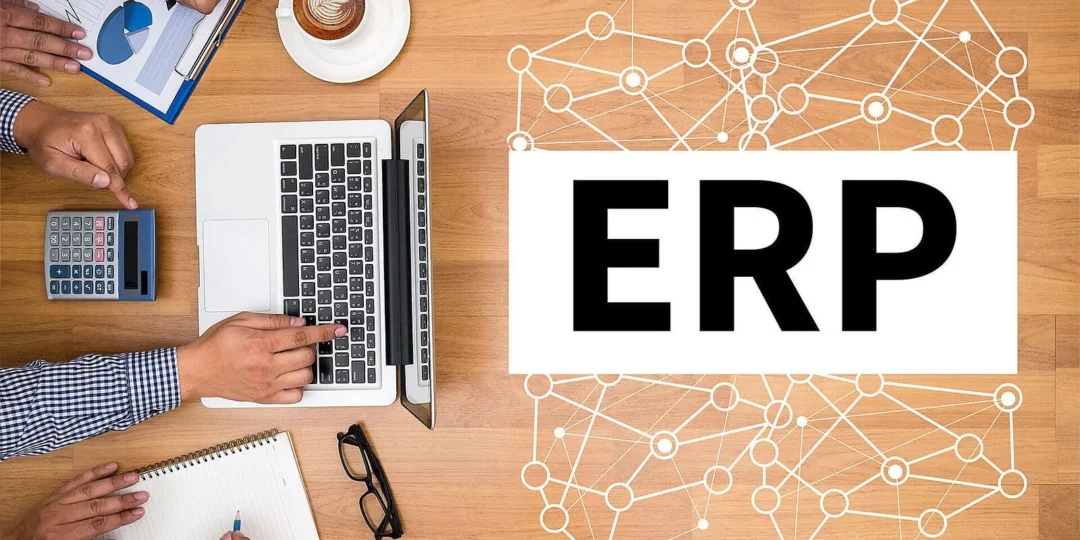ERPs serve as fundamental tools, aiming to establish a centralized database and offer a cohesive perspective of data across various divisions and operations within an organization. This facilitates streamlined information exchange, collaboration, and decision-making processes throughout the company.
What Are Some Types of ERP Deployment Models?
- On-Premises ERP Deployment: This model involves installing and hosting the ERP software on the organization’s servers and infrastructure. In this model, the organization is responsible for managing and maintaining the hardware, networking, security, and software updates. On-premises ERP provides full control and customization options, making it ideal for organizations with specific security requirements or complex integration needs.
- Cloud-based ERP Deployment: Cloud-based ERP, also known as Software as a Service (SaaS), offers a subscription-based model where the ERP software is hosted and maintained by a third-party provider in the cloud. This deployment model eliminates the need for organizations to invest in hardware or software infrastructure. Instead, they can access the ERP system through a web browser or dedicated application. Cloud-based ERP offers scalability, flexibility, and automatic updates, enabling organizations to quickly adapt to changing business needs. It also provides better accessibility for remote teams and reduces the burden of system maintenance.
- Hybrid ERP Deployment: As the name suggests, the hybrid deployment model combines elements of both on-premises and cloud-based systems. Organizations can choose to keep certain critical functions or sensitive data on-premises while leveraging cloud-based ERP for other processes. This approach allows organizations to maintain control over their sensitive data while taking advantage of the scalability and flexibility offered by the cloud.
How ERPs Can Help Manage Complexity in Global Enterprises
One of the key ways ERP systems help in managing complexity is by centralizing data management. Global enterprises often operate across multiple locations with disparate systems and processes. This decentralization can create data silos and hinder collaboration. ERPs act as a centralized hub, consolidating data from various departments and locations into a single unified platform. This allows for real-time access to accurate and consistent information, enabling better decision-making and enhancing operational efficiency.

Equally, ERPs provide enterprises with sophisticated modules for managing their supply chain. These modules empower businesses to handle intricate supply chain operations with utmost efficiency. From overseeing inventory and forecasting demand to tracking orders and planning logistics, these systems offer real-time visibility into the entire supply chain. This comprehensive view facilitates effective decision-making and proactive management of various challenges, including delays, disruptions, and fluctuations in inventory levels.
Compliance with regulatory standards and risk management are crucial aspects of global enterprises’ operations. ERPs incorporate robust compliance and risk management functionalities, helping organizations adhere to legal requirements and mitigate risks effectively. By automating compliance workflows, generating audit trails, and providing real-time monitoring, these systems enable enterprises to navigate complex regulatory landscapes. Additionally, ERPs facilitate risk assessment and management by providing insights into operational, financial, and strategic risks, allowing organizations to implement appropriate control measures.
What You Should Know Before Implementing ERPs
First and foremost, it is essential to have a clear understanding of the organization’s needs and objectives. ERPs offer a wide range of functionalities, from finance and accounting to supply chain management and customer relationship management. By identifying the specific requirements and goals of the organization, it becomes easier to select an ERP system that aligns with these needs. Conducting a thorough analysis of existing business processes and areas that require improvement is vital in this regard.
Another crucial consideration is the involvement of key stakeholders throughout the implementation process. ERP implementations are complex and involve multiple departments and individuals within the organization. It is crucial to form a cross-functional implementation team comprising representatives from various departments to ensure a comprehensive approach. Involving stakeholders from the beginning fosters a sense of ownership and helps in gathering valuable insights and feedback.
Last but not least, organizations should be prepared for the challenges that come with ERP implementation. These challenges can include resistance to change, data migration issues, and potential disruptions to ongoing operations. Adequate training and change management strategies should be in place to address these challenges effectively. Clear communication about the benefits of the ERP system and how it will enhance daily operations can help alleviate resistance and gain buy-in from employees.
Ultimately, by consolidating data from various departments and locations into a centralized platform, ERPs enable organizations to gain a holistic view of their operations, identify trends, and make informed strategic decisions.




